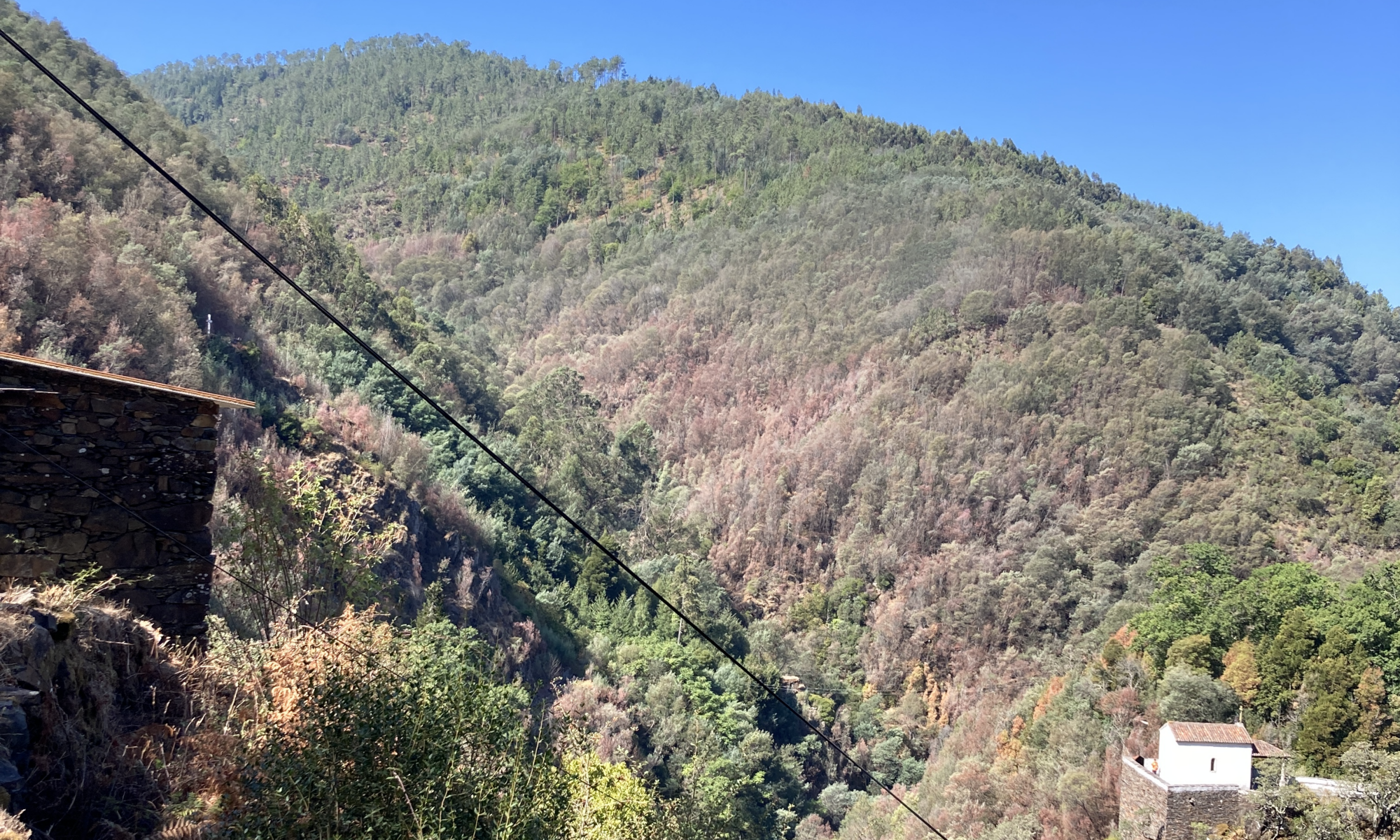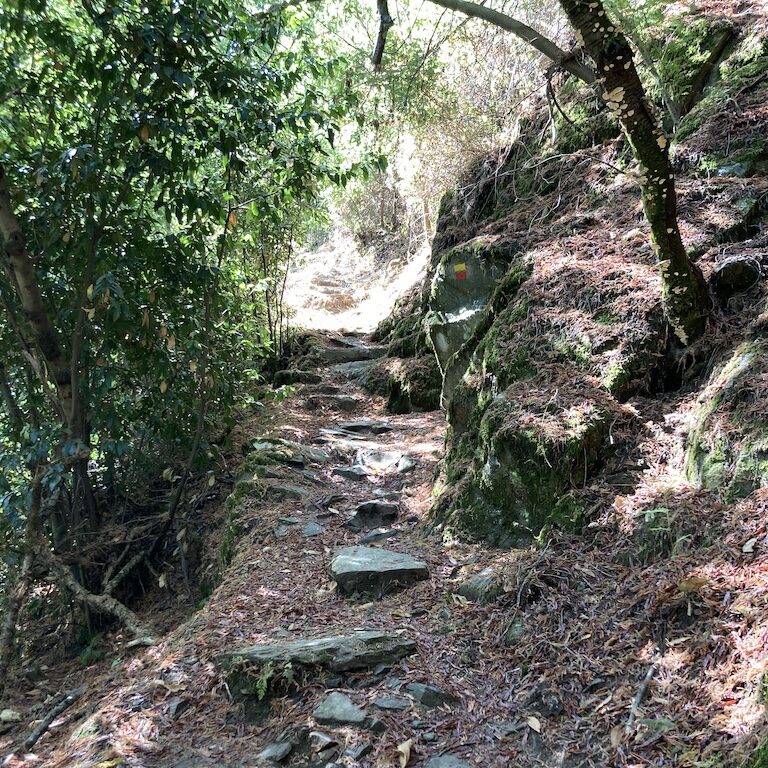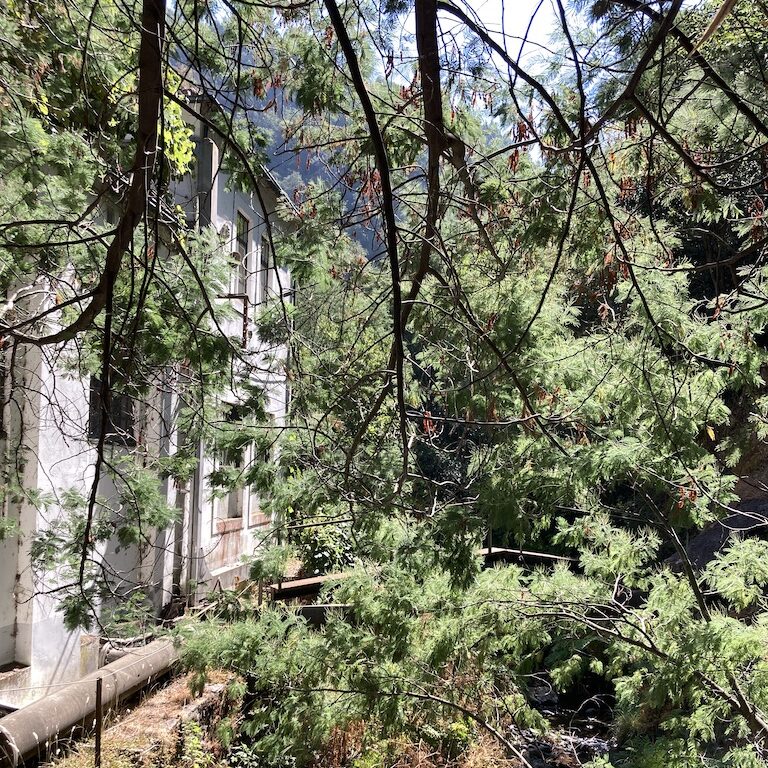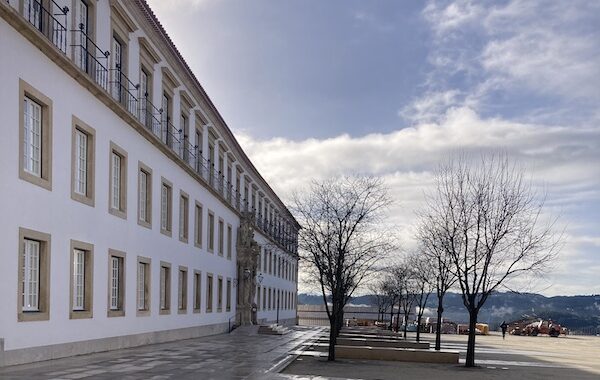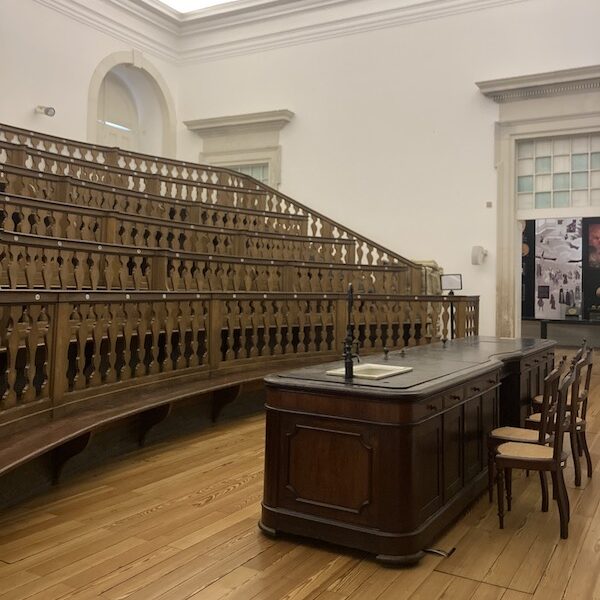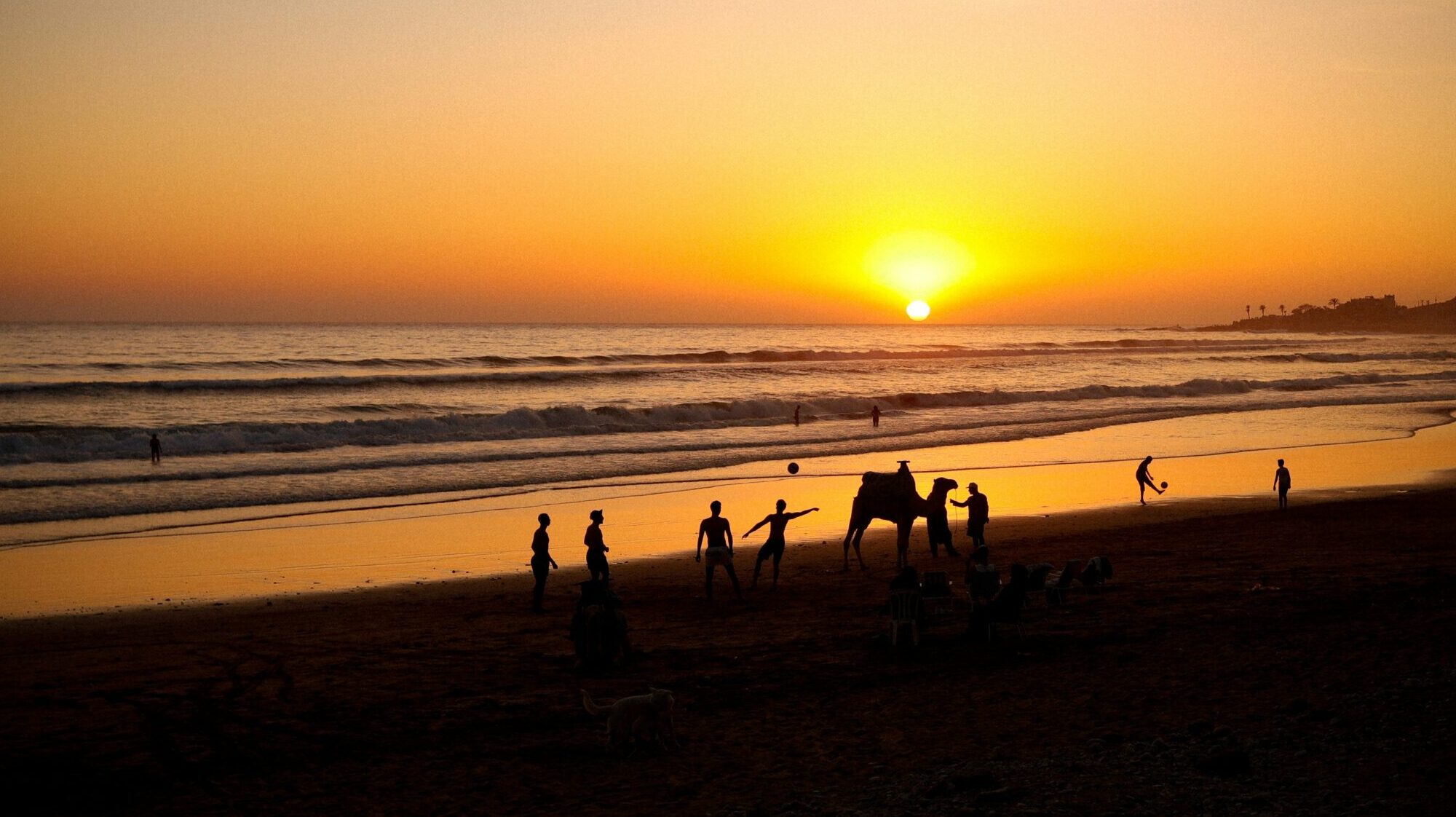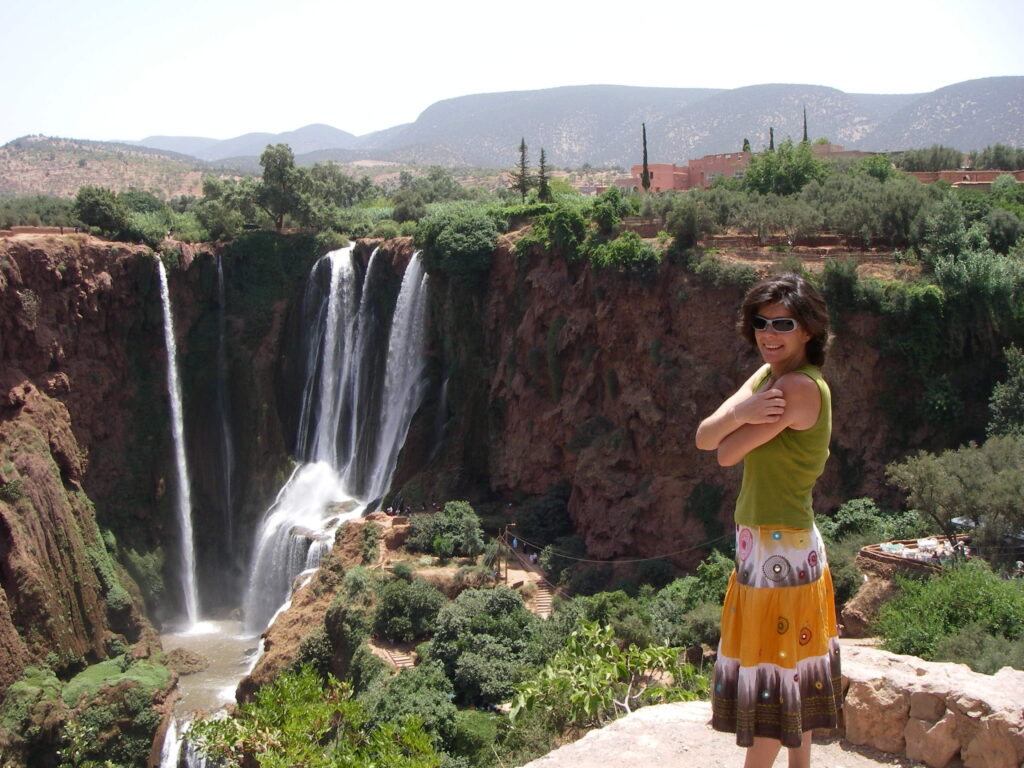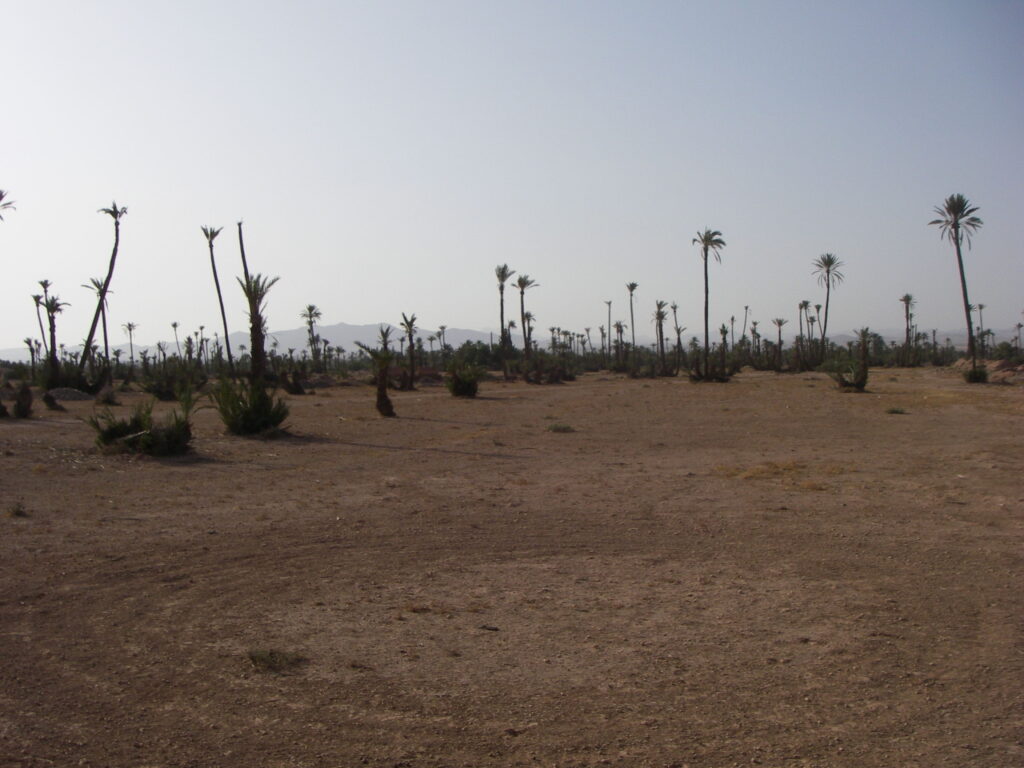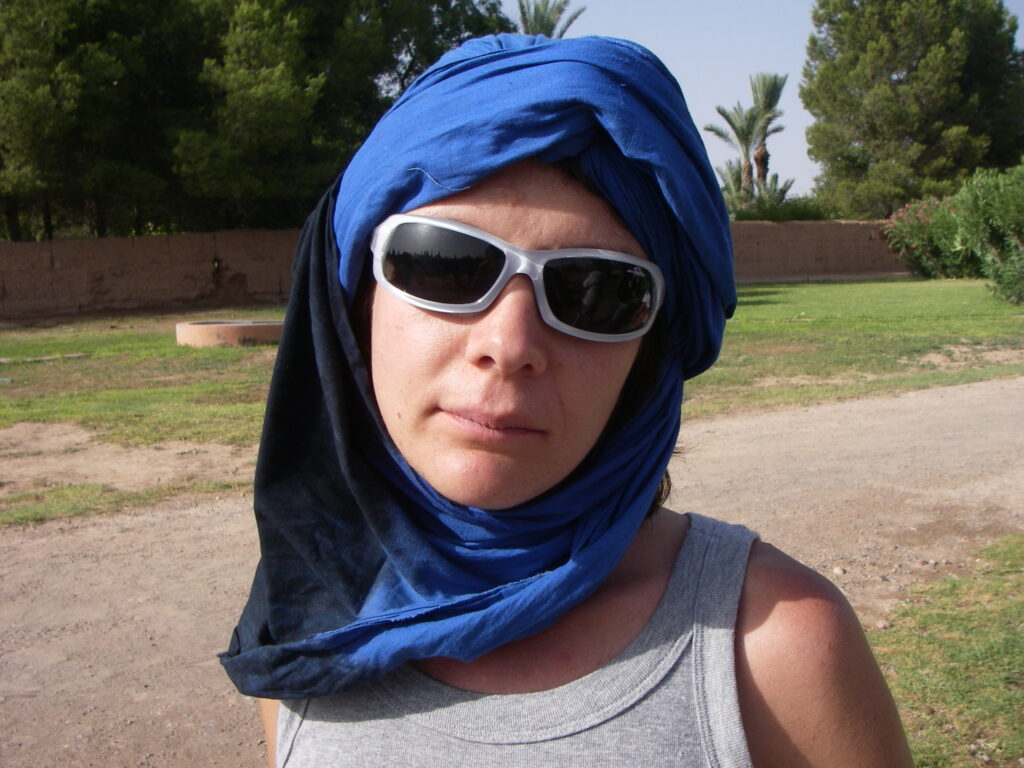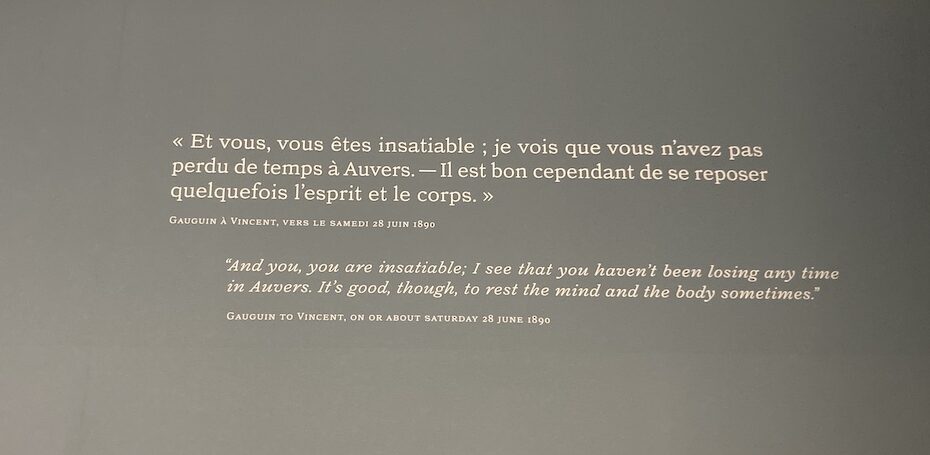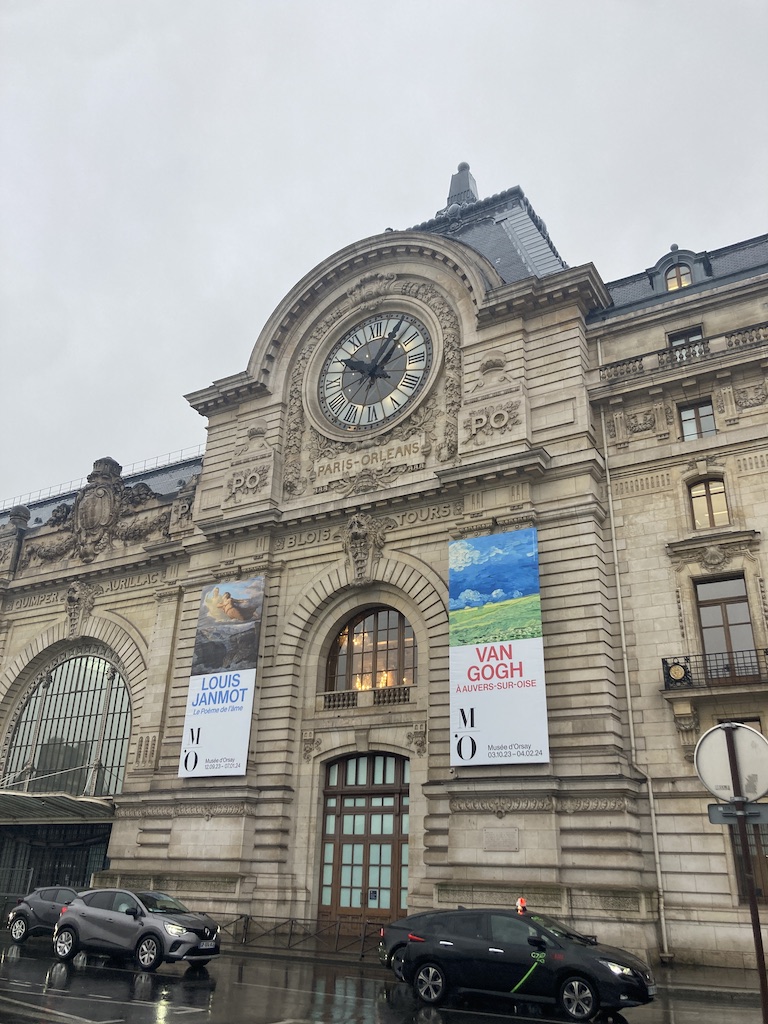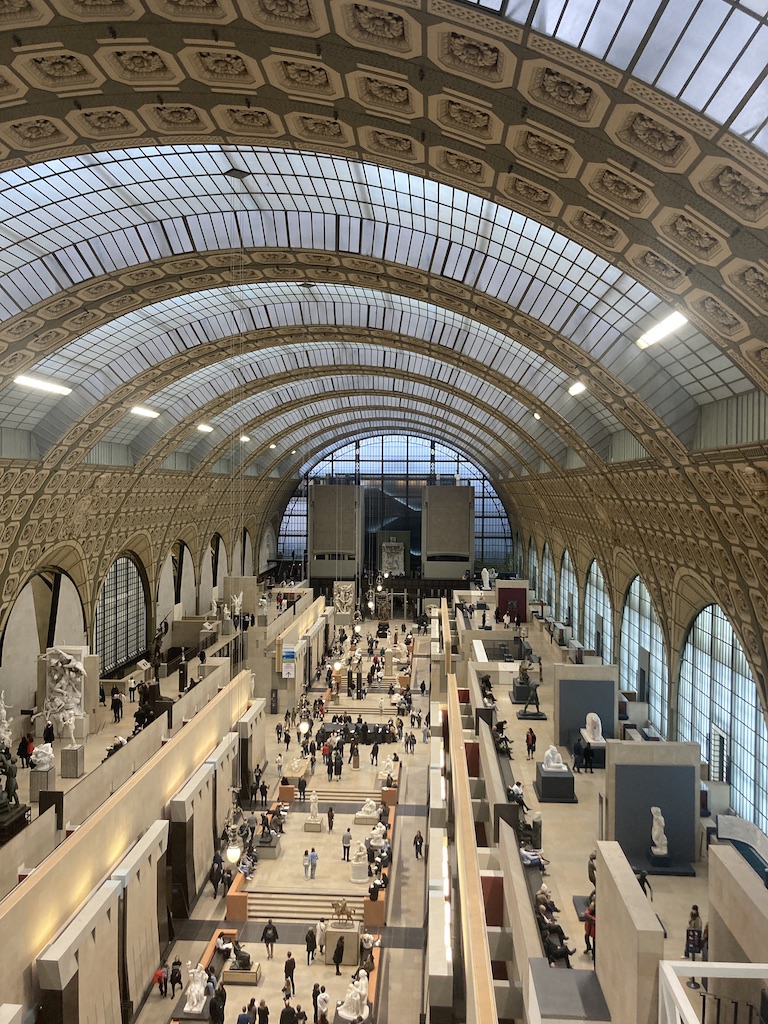Fill your bowl to the brim
Lao Tzu, Tao Te King
and it will spill.
Have you ever planned a trip secretly hoping it would change your life?
This is a feeling I’ve experienced several times. However, it wasn’t what motivated me when I started planning my first adventure on the Camino de Santiago. Today I’m revisiting this past journey as I prepare to embark on my second Camino walk.
At that time, I felt I had already transformed my life too many times. My motivation for the Camino was simply a close connection with nature, an appreciation of silence, and the discovery of my physical limits. With a quite uncomfortable cervical injury, I knew I would have to balance the weight, walking time, and quality of rest very carefully. All of this with my expenses tightly controlled.
I began studying the backpack and what to put inside it a week before. What would I really need? A book! To entertain me on a 10-hour bus journey, and at dead times from mid-afternoon onwards. Also I had planned a few days of rest at the end and a book is always a good company. Furthermore, I never travel without books! This time, I was willing to take just one. A notebook and a pen, exactly for the same reasons as the previous item. The camera, of course. Water and some emergency food. Personal hygiene products including shampoo, shower gel, moisturizer, toothbrush and toothpaste, sunscreen, hand cream, and hairbrush.
Even without giving a thought to the clothes yet, the backpack was already overflowing and considerably heavy, in its modest capacity of 20 liters. I realized that, even though there was still a week left, my journey had already begun. Maybe I needed to make myself a little more curious and humble about what the Camino could teach me.
Firstly I needed to rethink my choices: the book was heavy and took up space. Out! I replaced the notebook with a small notepad that fit in my pants pocket. The camera meant carrying the battery charger. It was nonsense, I had my phone’s camera. The water bottle stayed, as well as little packs of dried fruits for emergencies.
When I reached the toiletry bag, I felt ridiculous. Shampoo and shower gel? Face and hand creams? The bag returned to the backpack with just a small bar of solid shampoo, sunscreen, a comb, the toothbrush, and toothpaste.
Fortunately when it was time to make decisions for clothes, I had already developed some knowledge and it ended up being faster: 2 t-shirts, 2 pairs of underwear, 2 pairs of socks, 1 pair of shorts, a light dress (you never know!), a swimsuit, a small towel, and a pair of flip-flops to air my feet at the end of each day.
Among the many unexpected lessons that awaited me, lightening the load of my baggage was the first that transformed the way I travel to this day. Now, taking the first steps in preparing for a new journey to Santiago, I recover this wisdom I brought with me from the first one. Especially because, after these years, in addition to a sensitive cervical spine, I also gained a titanium femur head and gluten intolerance.
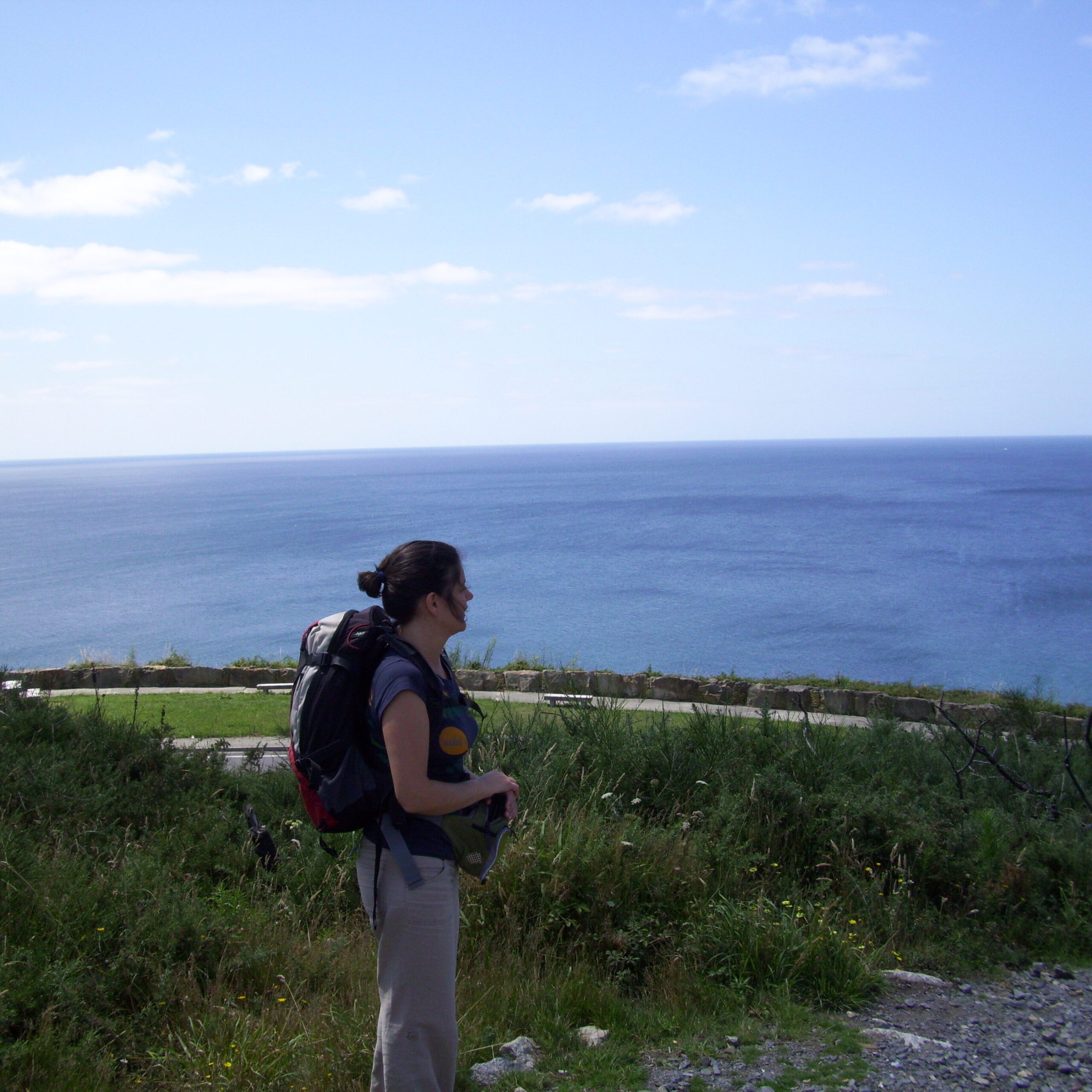
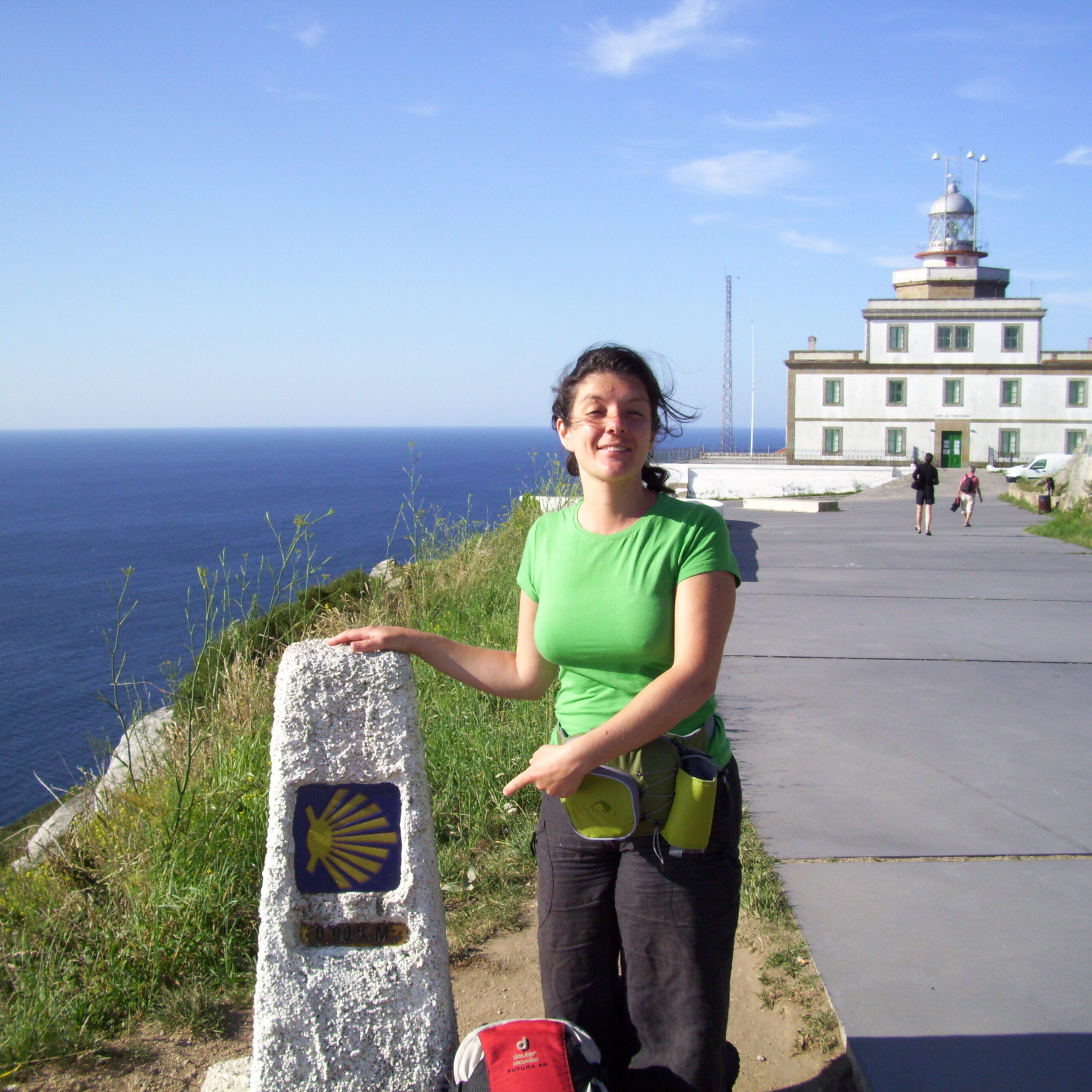
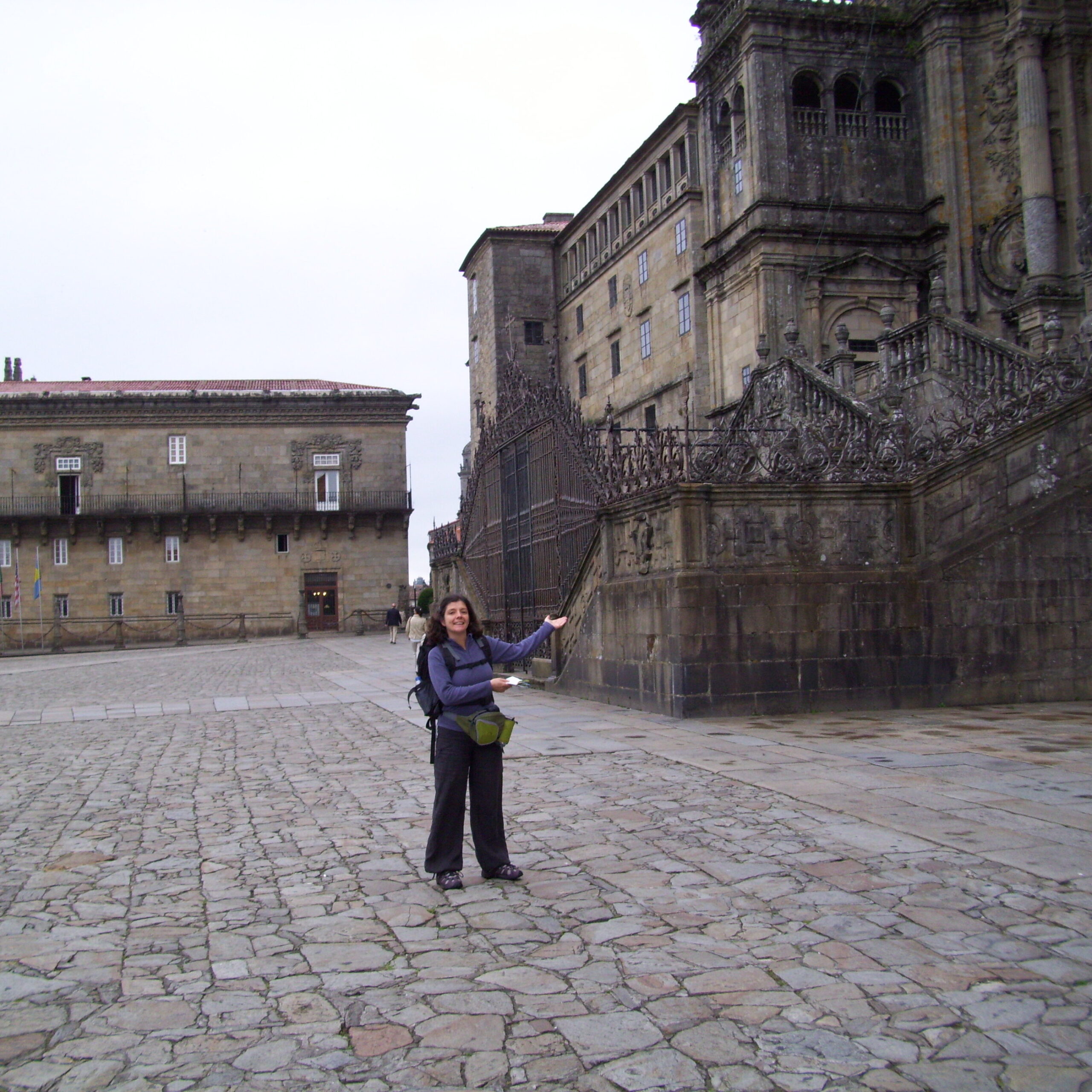
If, like me, you want to avoid unnecessary weight in your luggage, here are four reflections that I always delve into when it’s time to start packing:
1. Plan in advance: Packing last minute is not a good idea. We loose discernment and end up carrying too much stuff, driven by the anxiety of haste. I remember once, still working in the tv industry, I was told I had to be in Los Angeles for a meeting in two days. Along with the excitement of going to this great city, came the stress of not knowing what to expect in terms of weather and not having much time to reflect on versatile outfit combinations. When the check-in moment arrived at the airport with a suitcase bursting at the seams with clothes (half of which I didn’t wear) I realized I had forgotten the essentials: – the passport! Nowadays, I start by making a list of items to take. Then I divide them into indispensable, essential, and dispensable. I then select as I evaluate the weight I am willing to carry with me. Regarding clothing, I choose versatile outfits that I can combine with each other, reducing the number of pieces.
2. Choose the right equipment: I planned to visit my brother in Norfolk the time he was living there. It was winter and I knew I would find snow and extremely cold weather. I looked at the biggest suitcase I had in the closet and threw in all the warm sweaters, wool socks, coats, scarves, and hats I had found. As soon as I started descending the stairs of my house, on the way to the airport, I realized I had made a mistake. The suitcase was good quality but it was also huge and I took advantage of all the space it provided me. The wheels barely slid and I had to pull it with both hands to bring it with me. Arriving in the UK – a country that is not famous for easy accessibility in its public transport network – going up and down metro and train stairs was a very sweaty adventure. At a certain moment, a helpful English gentleman, seeing me desperate trying to climb an endless flight of stairs, offered to help me. He regretted it as soon as he picked up that giant monster and felt its weight. But he didn’t show any weakness. He reached the top of the stairs pale and sweaty. I bet he never offered to help “damsels in distress” again. Nowadays, I prefer backpacks with good back protections, small and sturdy trolleys with an effective sliding wheel system. I know that, by limiting the size of my luggage, I will necessarily have to limit the choices of what I put inside.
3. Use luggage organizers: I learned to use them on a road trip through southern Europe. Always on the move, packing and unpacking the suitcase was a daily task. By the third day, I had exactly the same number of pieces but, with chaos installed, I could no longer fit them all inside the bag. That’s when my travel companion introduced me to the organizers. Although they may seem redundant at first, after this experience I guarantee they are not. Luggage organizers help maximize space and keep things tidy during the trip. I separate the objects by categories and use individual bags for each of them.
4. Enjoy the simple things: When you walk 100 km, having to carry everything you need to survive, gives you a new perspective about the weight and value of each object you decide to bring. The experience of carrying only the essential made me reconsider what really matters. Simplification became a choice, not only for trips, but for my everyday life. Since then, I try to adopt a more conscious approach to everything I own, opting for quality over quantity and valuing each object for its purpose and meaning. This change in mindset not only relieved the physical weight of my travels, but also brought a new meaning to my concept of freedom. Walking – and living day by day – without unnecessary weight on my back, allows me to be fully present in the moment. After all, the richness of life is not in the amount of luggage I carry or in what I possess but in the experiences I keep in my backpack along the journey of life.


